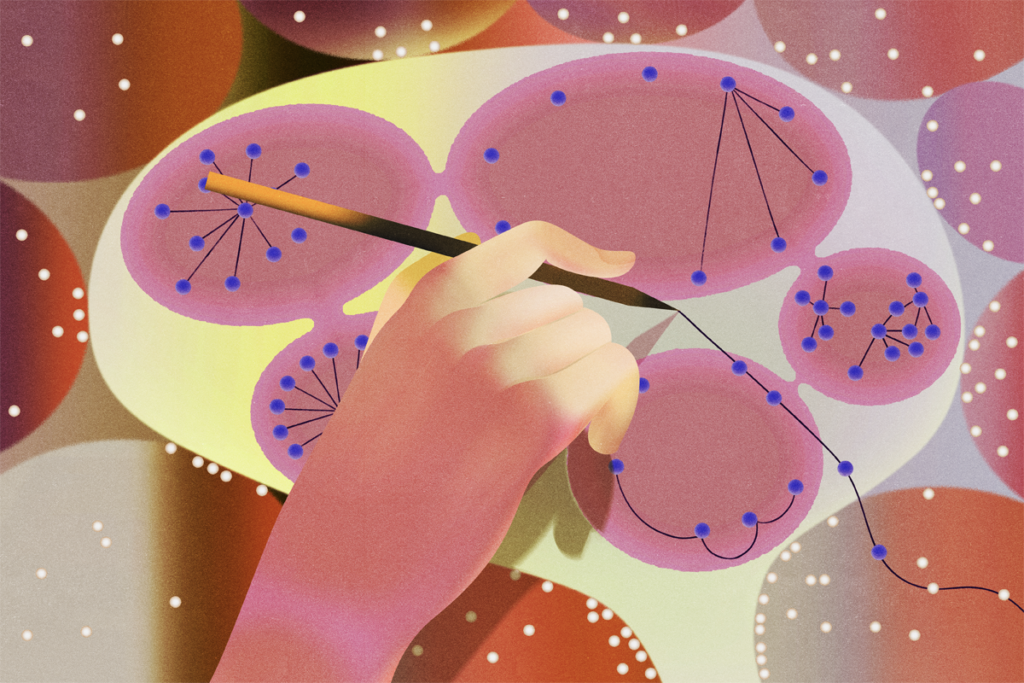In this episode of “Brain Inspired,” Paul Middlebrooks is joined by Daniel Nicholson, assistant professor of philosophy at George Mason University, to discuss Nicholson’s book “What is Life? Revisited.” The book tells the story of what led Erwin Schrödinger, a physicist, to write his influential book about biology in 1944. Steeped in debates about the nature of quantum physics, Schrödinger worried that the new view of quantum physics—that the world is inherently nondeterministic—would lead psychologists to embrace the idea of free will. Schrödinger’s “What Is Life? The Physical Aspect of the Living Cell” preceded the discovery of DNA and directly led to our modern mechanistic explanation framework in neuroscience.
Daniel Nicholson discusses how Schrödinger’s book ‘What is Life?’ shaped years of biology, research
Combing through historical archives, Nicholson discovered what drove Erwin Schrödinger to pen “What Is Life,” his famous “little book”: Schrödinger feared that new discoveries in quantum physics would influence how we think about free will.
By
Paul Middlebrooks
5 November 2025 | 109 min watch
tags:
Recommended reading
Vicente Raja brings ecological psychology concepts to neuroscience
By
Paul Middlebrooks
22 October 2025 | 99 min listen
Explore more from The Transmitter
Nikolay Kukushkin discusses his book, ‘One Hand Clapping: Unraveling the Mystery of the Human Mind’
By
Paul Middlebrooks
8 October 2025 | 1 min read
Keith Hengen and Woodrow Shew explore criticality and cognition
By
Paul Middlebrooks
16 July 2025 | 94 min listen

Beyond Newtonian causation in neuroscience: Embracing complex causality
By
Luiz Pessoa
22 September 2025 | 20 min read
Cite this article: